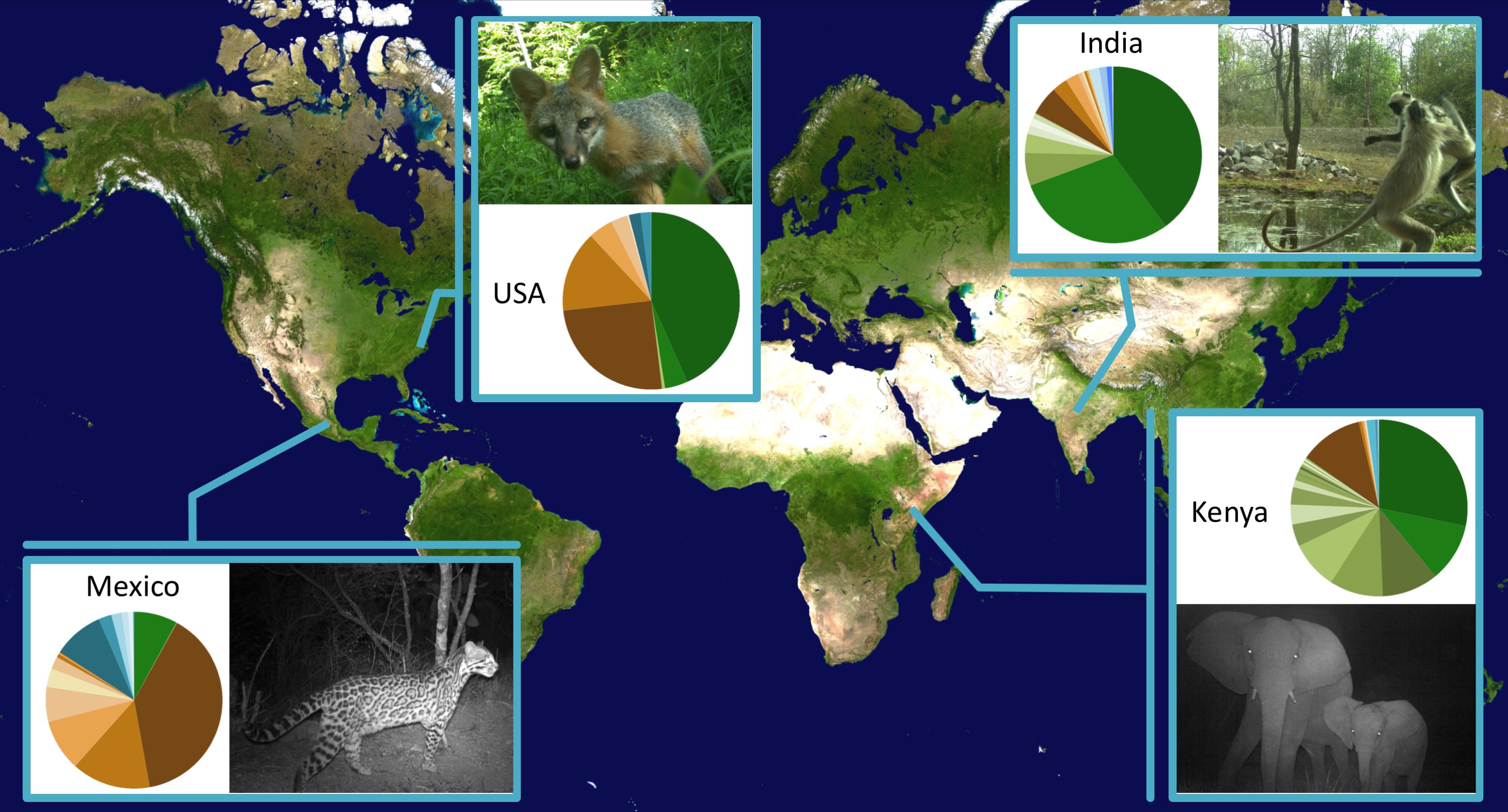*This post contains affiliate links. As an Amazon Associate, I earn from qualifying purchases. This means when you make a purchase, I get a commission at no cost to you! Read more about my affiliates on my Affiliate Links Disclaimer.
Do kids make good citizen scientists?
This is the question I have been working on for several years with the eMammal citizen science camera trap project. If it turns out to be true, it would be a quadruple win for scientists, teachers, students, and wildlife. Scientists need data, teachers need ways to engage their students, students learn better in a real-world context and with project-based learning, and wildlife conservation benefits from increased data. If kids can collect quality data, they can help scientists understand wildlife across the world.

Scientists Need Quality Data Outside of Parks
Human development is occurring at an unprecedented rate. It has been well established in previous studies that protected areas like state and national parks are not enough to conserve wildlife, especially for large mammal species. We need to turn to human-developed landscapes as habitats to help support wildlife in this modern era.
Historically, scientists have studied wildlife in parks to avoid the impacts of humans and try to understand wildlife in their most “natural” state. But this information limits what we know about animals living in human-developed areas. Most animals do not live in protected areas, and our world is becoming increasingly urbanized. Scientists need research on wildlife that live alongside us, so that we can manage, conserve, and coexist with them.
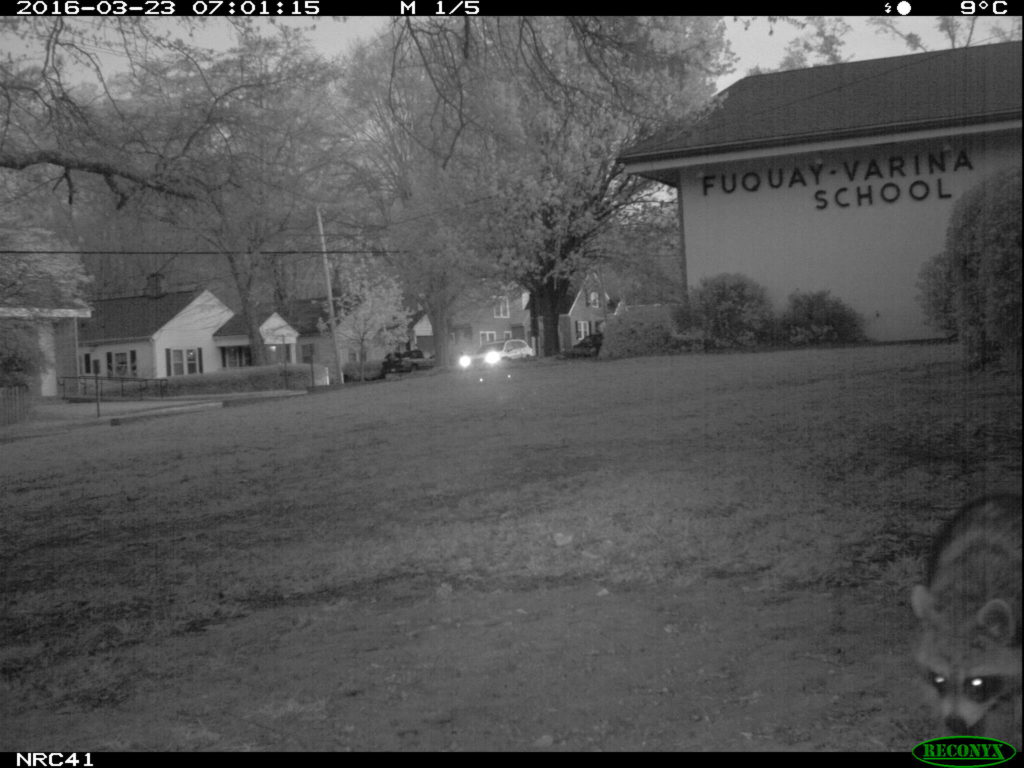
This leaves scientists with a lot of area to cover, and we need help! Here’s where kids come in. Kids all over the world are already collecting data for science projects in their classrooms every day. The data kids collect are used to demonstrate a concept they are learning, but what if the data they were collecting could also contribute to an understanding of our natural world? Children would also learn science by doing real scientific research.
We embarked on a mission to see if this would work. It wasn’t going to be easy. Because the data collected in citizen science programs are used for real scientific publications, there are protocols that must be followed to ensure quality control. We also had to make sure that protocols were short enough to fit into class periods. Teachers already have a lot of state and national science standards to cover, so we wanted to make sure that our research would replace and enhance existing curriculum and not add to their already large workload.
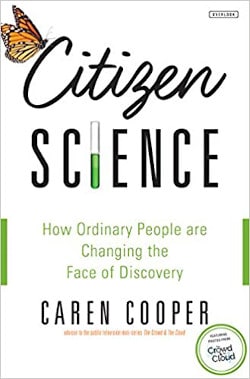
Transforming Citizen Science for the Classroom
I worked with three sets of three teachers over three summers (lots of 3’s!) to train them in the eMammal camera trap project that I work on. These teachers worked with me every day for three weeks and by the end we had co-created lesson plans based on eMammal that teachers used in their classrooms.
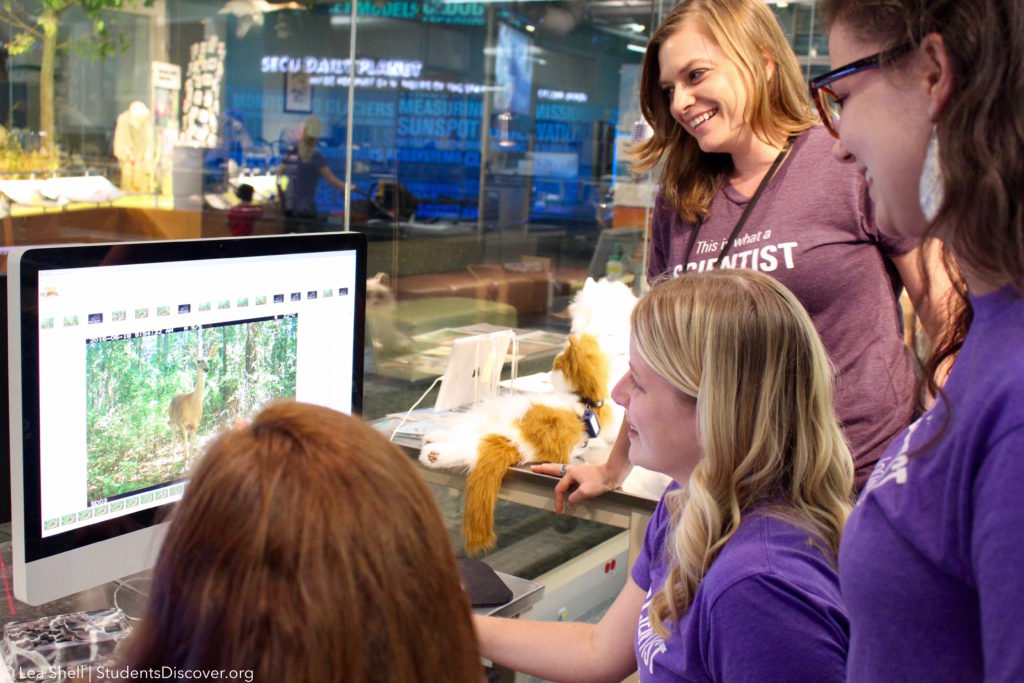
In addition to North Carolina, we received funding to work with teachers internationally in Mexico and India, and later Kenya. I traveled to each of these countries to train partners in eMammal protocols. They in-turn trained teachers who then trained their students. The students set cameras around their schools and waited three weeks for animals to pass by. They retrieved and uploaded photos, identifying the species in them.

What Students Found…
I was very hopeful of what we would get on our camera traps, but I was also secretly worried we would only get stray cats and dogs. I, and other scientists on our team, were pretty shocked by the results. Over several years, students from 28 schools around the world photographed a total of 83 native mammal species, including 5 endangered species, and another 7 that were of conservation concern (near threatened or vulnerable species) on the IUCN Red List. The results are published in BioScience.

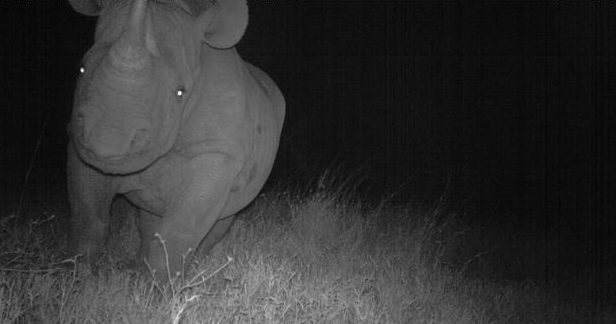
To evaluate how useful camera trap photos collected in schoolyards could be for large-scale and long-term biodiversity monitoring, we compared the student data with data sets from adult citizen scientists and even professional researchers from protected areas near the schools. In most countries, the species diversity at schools turned out to be comparable with those of these nearby protected areas, and in some countries, like the United States, even exceeded the park diversity. In the US, students also photographed higher detection rates of carnivores (coyotes, foxes, black bear, bobcat) than state park. This is especially surprising because most of the schools that participated in North Carolina were in the suburbs, and only had small patches of forest suitable to place a camera trap.
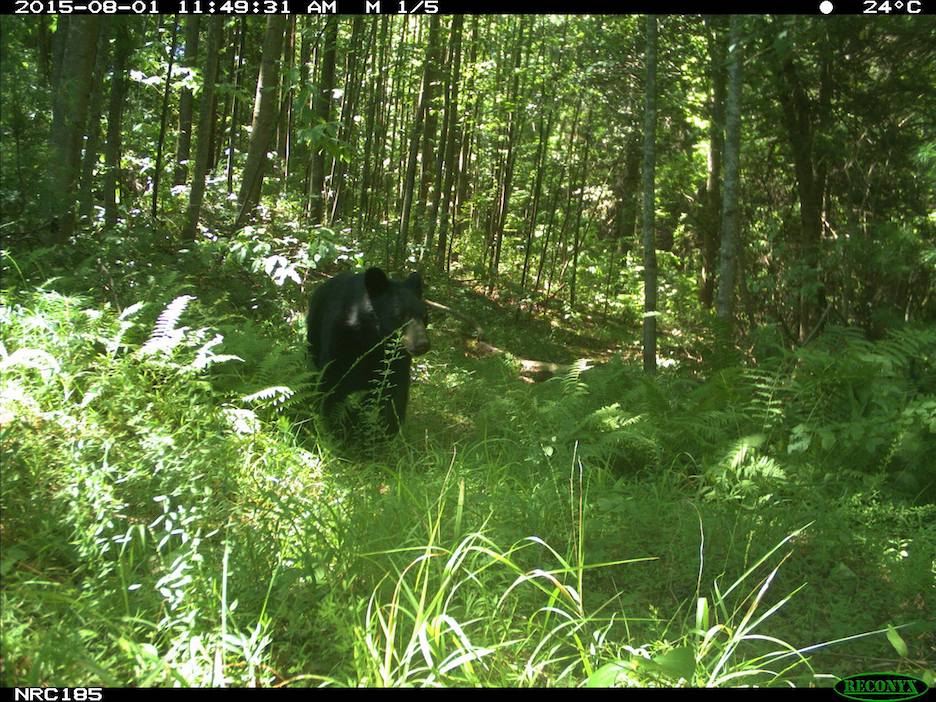
One of the coolest results from this study was on tigers in India. I was stunned to see tigers on our school camera traps, not just once, but 16 times! Because you can identify tigers by their unique striping pattern, I identified individuals and counted them. At one school, we captured at least six individuals (potentially more, but you can’t always see both sides of the tiger). In comparison, four individual tigers were found in a study in Bor Tiger Reserve and 5 in Pench National Park with a much larger camera trapping effort (more camera traps set and for more days).
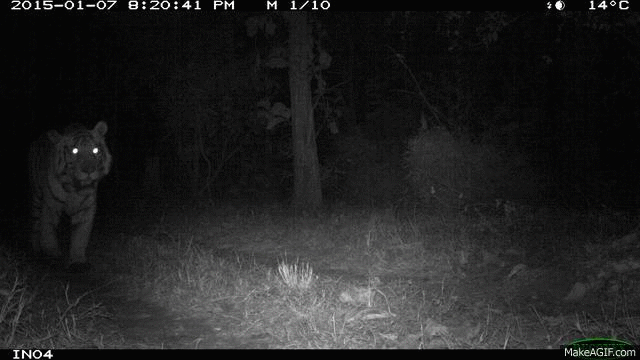
Educational Impacts on Kids
In addition to quality camera trap data, the teachers I worked with raved about the eMammal program and the impacts it had on their students. Teachers would tell me that students were more engaged in science class and that the program was particularly effective with students who did not believe they were good at or interested in science previously. One of my teachers told me that students were so excited to check the camera traps that they counted down the days and “screamed” with excitement when they viewed the images of the animals they had captured. When we told the students that the photos they collect are stored in a Smithsonian repository forever, it gave the activities that they were doing in their everyday science class meaning and purpose. As a result, students’ became very invested in the project.

Impacts on the Community
In each of the countries that we worked in, schools organized events displaying their photographs to showcase their results. These events led to discussions by the adults attending them about the mammals that lived in their community, many of which they didn’t know about. For example, in Mexico, the camera traps photographed a puma (a surprise to them), which led to discussions about how pumas could be good for the community because they could help control deer, which were eating farmers’ crops. In Kenya, there was a clear difference in the mammal communities set at different schools. Those that had little vegetation due to overgrazing from livestock had fewer species on their camera traps, leading to community-wide discussions about livestock.
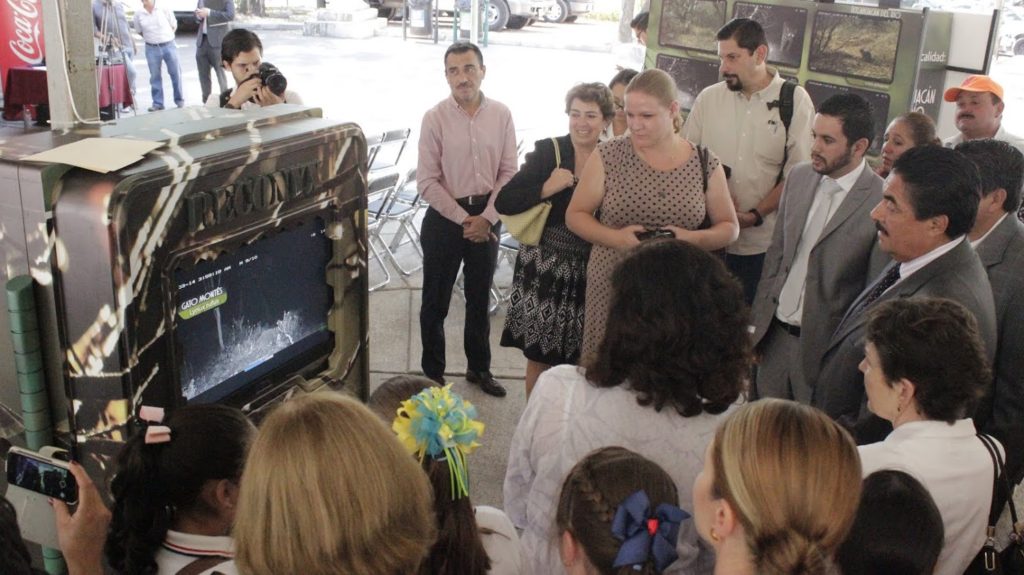
These messages even went beyond communities, as in all countries, students were featured in local and even national newspapers. In Mexico, the students reached out to the Mayor of Guadalajara and the consulado general de los Estates Unidos. They accompanied the children in checking the camera traps and students presented their results on a large camera trap they created using a television screen. These kids were not only providing valuable data to science, but getting the results to people who can make decisions about wildlife: government officials.
Yes, Kids Make Good Citizen Scientists!
I am happy to say that kids made just as good citizen scientists as adults. Only 6% of the camera traps that the kids set up did not follow eMammal protocols (were set too high or too low). This was the exact same percentage as adult citizen scientists. Overall, kids collected thousands of photographs, with species richness levels comparable to nearby protected areas, meaning that their efforts are an effective tool for monitoring mammal biodiversity. Imagine what we could discover if every school had a camera trap!
To see my favorite photographs, check out”11 Amazing Camera Trap Photos from Mexico Taken By Kids,” and “12 Amazing Camera Trap Photos from North Carolina Taken By Kids.”
If you want to purchase a camera trap for your school or backyard, click here or on the camera trap below.

Love this post? Share it with friends!

